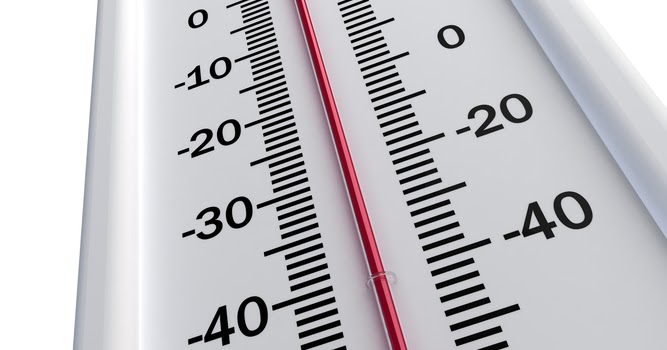
The Ultimate Guide: How Small Can a Koi Pond Be?
Introduction
If you’re considering adding a koi pond to your backyard, you may be wondering just how small you can go. After all, not everyone has acres of land available to construct a sprawling water feature. Luckily, a koi pond can come in all shapes and sizes – even a smaller version that fits into a tiny garden. In this article, we’ll explore how small can a koi pond be, and what factors you need to consider when building one.
Size Matters
First things first: when it comes to koi ponds, size matters. Koi fish require a certain amount of water in order to thrive, and if you don’t provide enough, it can lead to health problems and stunted growth. Ideally, a koi pond should be at least 1000 gallons in volume. But is it possible to go smaller than that?
Factors to Consider
The truth is, the minimum size for a koi pond really depends on a variety of factors, including:
- Number and size of fish
- Amount of shade and sunlight in the area
- Water filtration and aeration
- Water circulation
- Climate and temperature
Let’s take a closer look at each of these factors and how they can impact the size of your koi pond.
Number and Size of Fish
Obviously, the more fish you want to keep, the larger your pond will need to be. But it’s not just about quantity – the size of the fish also matters. Koi can grow to be quite large, some even reaching up to three feet in length! If you plan on keeping bigger koi, you’ll need to provide them with plenty of space to swim and grow.
Amount of Shade and Sunlight
Koi fish thrive in water that’s not too hot or too cold. If the temperature of the water gets too high, it can lead to oxygen depletion and health problems for the fish. On the other hand, if the water is too cold, the fish’s metabolism will slow down, making them less active and less healthy. The amount of shade and sunlight your pond receives can have a big impact on the water temperature, so be sure to take this into account when determining the size of your pond.
Water Filtration and Aeration
Koi fish produce waste, just like any other living creature. This waste can quickly build up in the water and create a toxic environment for the fish. That’s why it’s important to have a good filtration and aeration system in place. The more fish you have, the more powerful your filtration system will need to be. Keep this in mind when determining the size of your pond.
Water Circulation
In addition to filtration and aeration, water circulation is also important for a healthy koi pond. A good circulation system will help distribute oxygen, nutrients, and heat throughout the water. It can also prevent stagnant spots from forming, which can lead to algae growth and other issues. Again, if you plan on having a lot of fish in your pond, you’ll need a larger circulation system.
Climate and Temperature
Finally, the climate and temperature of your area can also impact the size of your koi pond. If you live in a warmer climate, you may need a larger pond to help regulate the water temperature. Conversely, if you live in a cooler climate, a smaller pond may be sufficient since the water won’t heat up as much.
Conclusion
So, how small can a koi pond be? The answer is: it depends. While a 1000-gallon pond is ideal, it’s possible to go smaller depending on the factors we’ve discussed. Just make sure you keep your fish healthy and happy by providing them with enough space, good water quality, and the right temperature. With these considerations in mind, you can create a beautiful and thriving koi pond no matter how small your yard may be.
Images









